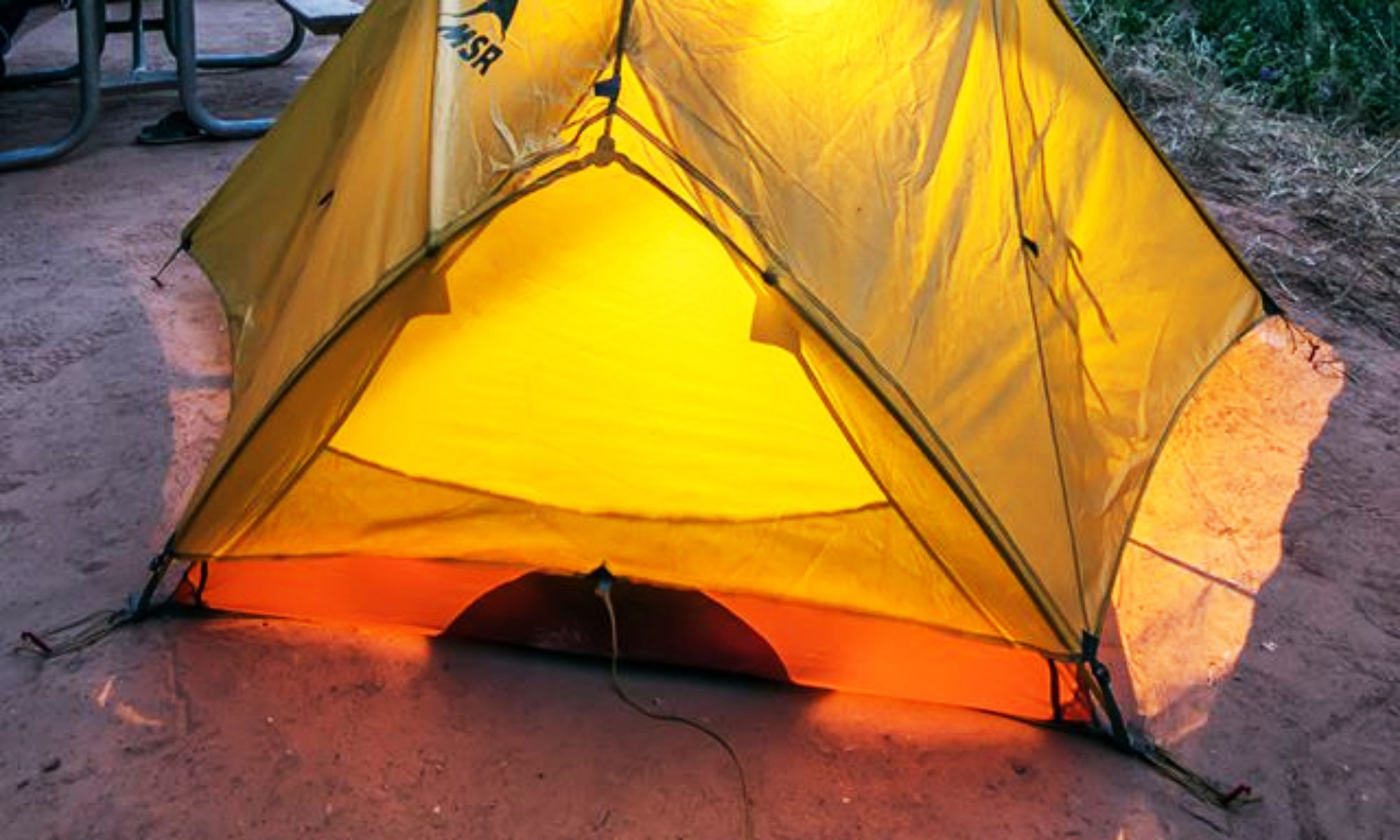One of the most asked questions is; what is the weather is going to be like during a particular time frame? This cannot be honestly answered by anyone in advance. Any of us that have made multiple trips can tell you that answer differs wildly from year to year.
Even the locals indicate weather apps and forecasts often fail at providing accurate reports for this area.
Extended forecasts are highly inaccurate once you go 10 days or beyond. Looking at weather patterns beyond that, gets you into averages of accumulated year’s data. Don’t prepare and go based on that.
Rain can be upon you without prediction or warning. Things can go from total blue sky to a downpour in a short time.
A word about weather apps. Especially for this remote area. We suspect, as with any remote location. Weather apps, and weather reports in general, use a Algorithm that combines historical data, combined with, as close as possible real time weather radar, to output predictions. While moderately accurate, they are not exact. Quite frankly they can be way off when it comes to micro weather patterns.
The one we provide has been acceptably accurate on the 7 trips we have done spanning about 10 years. It might be as “close” to accurate as you are going to get. But if it indicates no rain, don’t necessarily believe it. Don’t leave your rain gear in the vehicle.
Think of any app or forecast as a best guess. Certainly don’t take it as gospel. Plan for the worse case scenario.
If at any time you think you misjudged and aren’t prepared…… hike back out! Especially if you get rain soaked and its cold, and you can’t get dry. You are only about 4 to 5 hours away from the trail head. If you move fast enough, in most cases your body temperature even though you are wet, will be sustained long enough to prevent hypothermia.
The elevation difference alone can create a wide range of change within even a given day. Rule of thumb temperature change is 5° per 1000 ft of elevation change. From up on top of the rim (trail head) to some area’s of the canyon there can easily be a 15 to 20°F temperature difference. Sometimes more.
Our advice is to prepare for various scenarios. Have the proper gear for all situations stashed in your vehicle. Preferably check the local Supai area weather 3 days prior for what is being predicted for your trip. Remembering that predictions can vary, as can what nature is doing at different elevations.
Then check each day up until your departure. Start adjusting as needed. This might mean warmer sleeping bags, or additional layers of clothing, or reducing if it is getting warmer/hotter. Don’t bet on it not raining even if not predicted.
In all cases carry lightweight rain gear with hood and a means of keeping your body and legs dry. i.e. Hooded rain shell jacket, and shell pants or a poncho. These can do double duty even if there is no rain, as an additional layer of protection against cold. Also think about protecting your pack or packed items should it rain or snow. Soaked wet clothing or sleeping bag can weigh twice or three times their normal weight.
If it is real cold (teens -20s- low 30s F). You may want to scratch the poncho idea and even consider waterproof footwear, gaiters, and rain pants to keep your feet as dry as possible, for the longest time.
During cold weather you need to consider gear that will keep your feet dry & warm. Waterproof footwear, socks that keep you revealingly warm if wet. Clothing and Sleeping gear, needs to be the type that keeps you warm even when wet. Cheap gear will not get the job done.
Gear should be bagged/protected from getting wet. For both warmth protection, and to prevent gear from being soaked. Wet gear can double or triple your pack weight. It can be as simple as using tied plastic trash bags [tied end facing down], zip lock bags, or waterproof pack covers.
Have extra gear along in your vehicle if at all possible. Adjust your final “go” items just prior to hitting the trail. The main concern is a wild cold front coming in and dropping temperatures down lower than people are prepared for. This is more of a concern for Fall, Winter, and Spring.
You can’t get warm if you don’t have the gear to do it. Hypothermia is a very serious concern should it rain. Even in warmer months. The low humidity desert air amplifies evaporation rates and the cooling effect. In cold weather this can be a serious concern.
Heat is another story. The concern then becomes not having adequate water, and skin protection for sun exposure.
Have a hat, long sleeves, and sunscreen. People not acclimated to the desert have no idea how fast medical problems can creep up on you. At least with heat you can shed gear if you get into an emergency.
Your rain gear can also provide you sun protection if you really need it.
An emergency due to cold, and being ill prepared for it, becomes difficult to deal with too. Do not go without rain gear.
Nights in the desert can become extremely cold compared to daytime temperatures. Low humidity levels in the desert makes things seem much colder than it might really be. Take appropriate clothing and sleeping gear, and a means to keep it dry should it rain.
Flash Floods are another big concern. Unpredictable at any time. Not only does this get into proper clothing, but personal safety, and even where you set up your camp. Don’t think it won’t happen.
![]()
